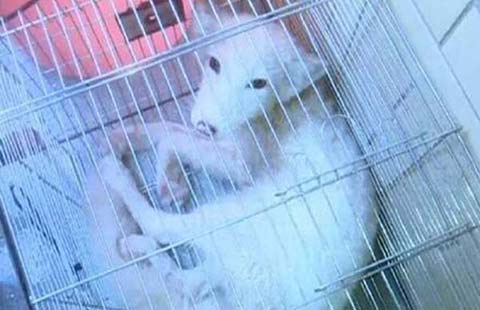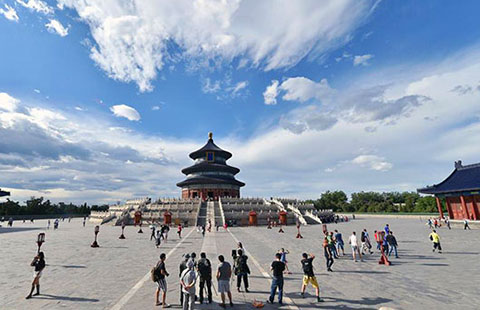Premier Li vows 'thorough probe' into Tianjin blasts
(Xinhua/chinadaily.com.cn) Updated: 2015-08-16 19:25CLEANING & RESCUE
Rescuers are cleaning hundreds of tonnes of cyanide at the blast site, most of which was unaffected, said Shi Luze, chief of staff of the Beijing Military Area Command.
Shi said rescuers were using hydrogen peroxide to neutralize the toxins and building cofferdams to enclose the damaged barrels, while trucking away those intact. Only safe levels of harmful gas were detected near the blast site, he added.
He said more than 2,000 rescuers are searching and cleaning hazardous chemicals outside the core area of the blast site.
Some military chemical specialists found different types of chemicals, including magnesium particles and sulphur scattered in some buildings near the core area.
Two from the group collected three water samples and three earth samples from a large pool that formed at the center of the blast site. The samples have been handed over to environmental authorities for testing.
Bao Jingling, chief engineer of the city's bureau of environmental protection, said among the 17 monitoring sites outside the quarantined area, two reported readings of hydrogen cyanide slightly above the normal standards which would not pose threat to health.
As of Saturday night, wastewater collected from the area had been transferred to a local treatment center.
Even though the 72-hour golden period for saving lives has ended, the rescuers have repeatedly combed through damaged structures and containers at the blast site for miracles.
"We have tried our outmost and hoped to reach every corner to find survivors," Shi said.
- Delegation salutes Tibet anniversary
- Officials are told to act as anti-graft watchdogs
- Great Wall safeguarded in united action
- Vice minister pledges more efforts to improve air quality
- Beijing’s efforts to control air pollution start to pay off
- China's military committed to reform
- Netizens rip singer over baby photos
- Central govt's growing support for Tibet
- Monument to be built on Tianjin blast site
- China and Russia seal raft of energy deals







